I am home again after a week of visiting and volunteering in seven animal shelters in our rural south with an amazing team of volunteers.
When I try to describe the experience, I have to grapple for words. I’ve been to the shelters before; I was there while on book tour last fall. But this time, there wasn’t a fence separating me from the dogs.
This time we spent our days with the staff and the dogs. We walked countless dogs, played with them, bathed them, clipped their nails and cleaned their ears, even picked up poop.
Some of our team helped shelter staff in writing bios, developing social media strategies, uploading pictures, and supporting them any way we can. One of our team even built a roof for an outdoor puppy play area and gave engineering advice at several other shelters.
Our photographer Nancy worked her tail off, taking thousands of pictures of hundreds of dogs, and then working late into the night to edit the photos and send them to the shelters for their use.
We did a lot. And we saw a lot.
I haven’t spoken to anyone from our team since dropping them all off on Saturday night after ten hours of driving and an involuntary tour of DC, all the while serenaded by the dogs we carted home with us.
I don’t know if this is true for the others, but I am haunted by the images of the dogs I saw and the stories I heard. They race through my mind when I try to sleep, and memories ambush me while I’m doing the ordinariest of tasks. I recount them to Nick, interrupting whatever our current conversation, because I need to pin the memory down, examine it, wonder if there is something I can do, some way to help.
My mind will not rest.
Even if no one is around, I find myself wondering out loud. Frankie will glance my way and Flannery will jump up and run to me, head cocked, wondering if this concerns her.
More than a few times, I’m surprised by tears, unbidden on my cheeks. Maybe they are the tears stockpiled from last week’s work when there wasn’t time for them.
It was too much to take in. For a person who likes to help, the challenges seem too vast.
The first six shelters that we visited varied in many ways, but all were vulnerable. All can still be compelled to euthanize for space if the summer brings a few too many hoarding cases or heartworm continues to rage out of control as a result of last year’s floods or the economy takes a downturn. Some are holding their own and haven’t had to euthanize many adoptable dogs this year, but half of them are still euthanizing 30% or more of the dogs in their shelters.
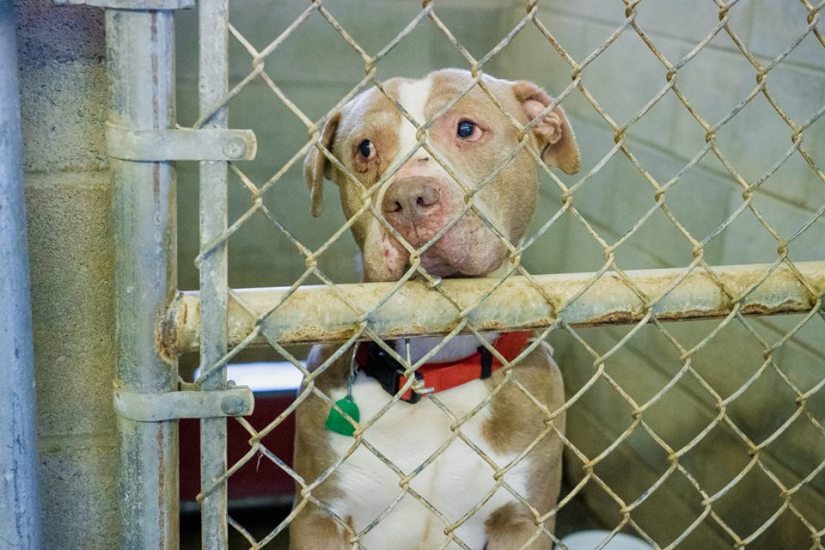
As I led dog after dog out for a walk or to have its picture taken, I wondered whether this was a dog who would be part of that 30%.
At one shelter, I didn’t have to wonder. Like many of the county shelters run by Animal Control, there were two sides to the shelter. There was the side run by the Humane Society – volunteers and staff responsible for nurturing and adopting out dogs. These dogs would all eventually find homes; the Humane Society would be certain of that.
On the other side of the building was Animal Control—these dogs were brought in by AC officers (we called these police officers ‘dog catchers’ when I was young). Some had been seized during arrests, some were there because they’d bitten someone and so had a mandatory ‘bite hold’, and most had been picked up by the ACOs as strays.
After their stray hold, some would be released to the Humane Society, but others would never see that side of the building. Their kennel cards were slashed with a large X. The X meant that the dog in that kennel would be euthanized as necessary for space.
We all struggled with emotions as we walked down the row, pausing at the kennels with the X’s to give extra treats or reach a hand around the bars to touch these condemned dogs. One dog, Allen, was only a year old, and received his X because he was ‘dog aggressive.’ His owner had turned him in to die. Allen was starved for attention and leaned against the fence, seeking any kind of human touch.
I asked about a cute black puppy, with a white nose named Sheba. She was friendly and eager and grateful for the treats I passed through the fence. I scanned her card, looking past the enormous X that was scrawled across it to read that she was picked up as a stray and had no bite history. Her breed was listed as ‘pitbull mix’ and she was only six months old. I asked if we could get her out, maybe play with her a bit.
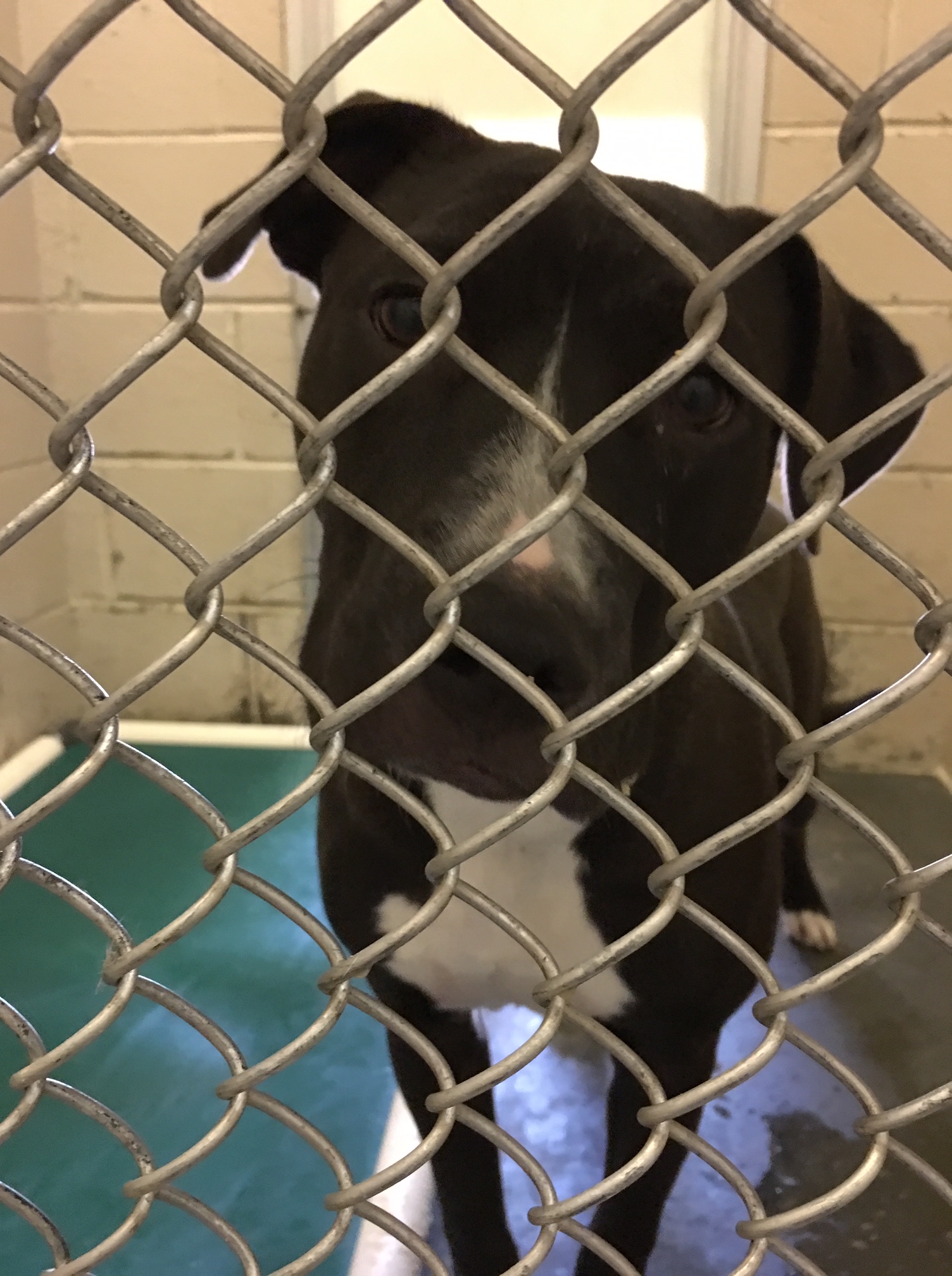
Already my mind was reeling back to the last time I’d visited this particular shelter in August when I’d met an adorable pitbull mix named Ski similarly marked with an X, also six months old, also listed as a pitbull mix. After dog and people temperament tests, OPH pulled that dog and she went on to be adopted by a young couple who love her dearly. I’ve seen pictures of Ski hiking with her adopters and always wonder what would have become of her if we hadn’t happened down that row, if she hadn’t been marked with an X.
We led Sheba out to a narrow area at the end of the kennels and played with her off leash. She was excited to be out of her kennel and she jumped on us and licked our teary faces, zooming back and forth in the small space, and pouncing on the tennis ball we tossed. She was just a happy puppy.
When I put her away, I walked three kennels down to study another young black puppy who could have been Sheba’s littermate. They looked so alike that later we would struggle to tell them apart in the pictures Nancy took, finally resorting to studying the color of the bed and the placement of the water bucket to sort it out. This dog’s name was Thea. She was ten-months-old and listed as ‘lab-mix.’ Across her kennel card was a large note indicating that a rescue would be picking her up on Tuesday. She was safe. What a difference a word makes—clearly, the difference between life and death.
Later, after we watched Sheba dog test with both a male and female dog and pass with flying colors (she only wanted to play with each), I asked how such an adorable, adoptable dog came to have an X on her kennel card.
“Breed, color, and space,” was the answer.
It’s very tempting to be angry about the X’s, but I’m grateful for them—they’re honest. Why should a shelter hide the fact that they plan to euthanize a dog? Maybe if more of them were as transparent, the public would be outraged enough to stop the killing. There are X’s on plenty of other dogs in the other shelters we visited, they’re just kept on a list or a computer somewhere, far from the public’s sight.
These X’s at least, increase the urgency and hopefully the likelihood that a dog will be saved by rescue. [And here I have to note- the ACOs are not the bad guys; it’s not their fault there are too many dogs turning up at shelters. Their job description isn’t to market and adopt out the dogs; they are tasked with handling and housing animals that become a ‘nuisance’ in one form or another. They don’t dictate how many kennels are available.]
Would we have felt as convicted to save Sheba if she didn’t have an X? And what about the dogs with the invisible X’s in the other shelters we visited? I worry for Ghost and Short and Kimbo, three large white pitbulls I visited with at Newberry County Shelter. Despite their loving, happy energy, their kennel cards could very likely be marked with invisible X’s. If they had instead been covered with that hand-scrawled X, would it give them a better shot at rescue? Would it make somebody do something?

I’ve been thinking a lot about the word ‘transparency’ since returning from the Rescue Road Trip. Dr. Kim Sanders used it when explaining her expectations for her staff and her shelter, Anderson County PAWS. She demands transparency from everyone involved in saving animals at PAWS. No lying; no deceiving. No pretending the situation isn’t what it is. When asked how she took Anderson from a high-intake, high-kill shelter where 50% of the animals were being euthanized, she says, “You just stop killing animals,” as if it’s as easy as that.
And it is for PAWS. They have implemented program after program to address the issues. Their building is a large bright, welcoming place, full of friendly staff ready to help you adopt an animal or keep the one you are thinking of turning in.
While our Rescue Road Trip team was visiting PAWS, we met a large, butt-waggingly happy pitbull mama and her six baby hippos—puppies so fat their legs looked like toothpicks jutting out of plump sausages. The mama had been brought in alone two days prior, teats heavy with milk. The Animal Control officer said he couldn’t find any puppies.

Dr. Sanders sent her staff back out to the area with the mama dog to find the puppies. The dog led them directly to the home where the puppies were. The staff talked to the owner, who obviously loved his dogs but couldn’t afford proper vet care. They offered to take the puppies, the mama dog, and the other dogs at the house back to PAWS to get them vaccinated, spayed or neutered, microchipped, and checked for heartworm. They would get the puppies adopted and return the others to the home. While the animals were being treated, the staff returned to the home with straw, kennels, and dog food, so that the owner would have what he needed to care properly for his animals when they return.
Consider a different scenario, one in which the mama dog was brought into one of the other shelters we’d visited. She would have been placed in the Animal Control side of the building. With no microchip, there would be no way of knowing whose dog she was. If her owner couldn’t afford the fee to collect her, he would likely leave her there. She would morn the loss of her puppies and her person. She would be frightened and confused. In a matter of weeks, her kennel card might be covered with a big X. Or, if she was lucky and made it to the Humane Society side of the building, she might linger there for months since pitbulls take longer to adopt out than most dogs.
“It’s a business decision,” says Dr. Sanders. “It costs us less to treat the dog and return it to its owner and give him what he needs to care for it, than to confiscate it, house it for weeks or months, and then get it adopted.” Beyond that, she points out, “They’re bonded. Why should I break them apart? He loves the dog and it was clear she loved him.”
Which brings us to one of the biggest hurdles to pet ownership and perhaps one of the reasons our shelters are so full—cost. It costs a lot to properly care for a pet, but should people be denied a dog simply because they are poor? I don’t have to tell any reader of this blog how much a dog can enrich and inspire a life.
Dr. Sanders also told me about a homeless man who brings his dog to the shelter each month to get its heartworm preventative. The shelter had offered to give him a six-month supply of preventatives, but he has nowhere to keep it. So he asked if he could just drop by each month. Sometimes when he comes in he asks if he can bathe the dog and the staff direct him to their well-equipped grooming room. “That dog has such a great life; he lives better than my own dogs,” says Dr. Sanders. The dog is with his person 24/7 and never wears a leash.
It’s a heartwarming story but do the math—it’s cheaper for PAWS to give this man his heartworm preventative each month, than to deny him because he can’t afford it. Without preventatives, this man’s dog would eventually develop heartworms and the dog would end up back at PAWS for expensive treatment and a lengthy stay.
It’s the philosophy of transparency, and the consideration not just for the animal’s physical well-being, but its emotional well-being that makes Anderson such a special place, but it’s also smart business.
PAWS has other programs in place to help people keep their pets. When someone comes to turn in a pet, instead of blindly accepting the pet, the owner is given counseling and offered other options. If they are relinquishing their pet because they are moving houses or lost a job or have to serve a short prison sentence, PAWS will actually hold their dog for them for up to 45 days, maybe longer depending on the situation. Again, it’s cheaper than taking the dog and while it’s at PAWS it can be microchipped, neutered or spayed, and its owner can be educated about heartworm. All things that may cost a little now, but save big in the long run.
I’m coming to realize that saving dogs, like pretty much everything in this world, comes down to business.
What we need is a better business plan. Too many dogs are dying for want of it.
Thanks for reading!
NOTE: OPH will be bringing Sheba (now OPH Enigma) north on a transport this Friday thanks to volunteer Katie Straume who offered to foster her!
If you’d like to see all the posts and pictures from the OPH Rescue Road Trip, visit their page.
If you’d like to know more about my blogs and books, visit CaraWrites.com or subscribe to my occasional e-newsletter.
If you’d like to know more about the book, Another Good Dog: One Family and Fifty Foster Dogs, visit AnotherGoodDog.org, where you can find more pictures of the dogs from the book (and some of their happily-ever-after stories), information on fostering, the schedule of signings, and what you can do right now to help shelter animals! You can also purchase a signed copy or several other items whose profits benefit shelter dogs!
If you’d like to know how you can volunteer, foster, adopt or donate with OPH, click here. And if you’d like more pictures and videos of my foster dogs past and present, be sure to join the Another Good Dog Facebook group.
I love hearing from readers, so please feel free to comment here on the blog, email carasueachterberg@gmail.com or connect with me on Facebook, twitter, or Instagram.
Best,
Cara
Released August 2018 from Pegasus Books and available now


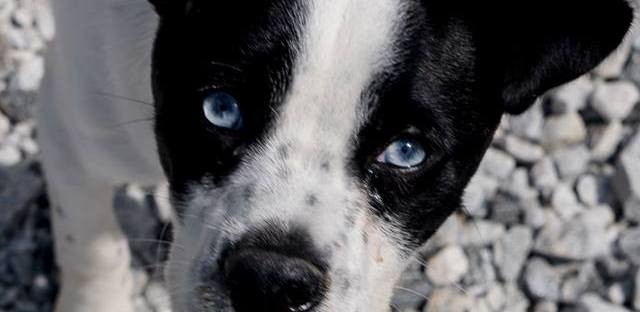

























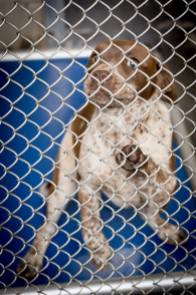













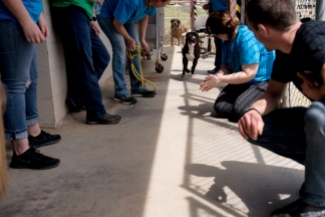
Allen is “dog aggressive” because he is at least part livestock guardian dog. He’s NOT “dog aggressive”. He’s working. I get very angry when dogs’ natural (manmade) breeding makes them “bad dogs”. Bear for all her gentleness is “dog aggressive” on leash. When I’m out with people who don’t leash their dogs, I’m furious. They think their dogs are “free” but they’re really just asking for problems. 1) the dog can go off on a walkabout and end up a stray. 2) we have wild animals — a cougar or bear can chase the dog and the dog will come back to its person. 3) my dog (or any of the other livestock guardian dogs around here, many of whom are working, will protect its flock.
BUT I agree with you about the Xs. It’s impossible to find homes for all the dogs, though writing that breaks my heart. You are very brave, Cara. ❤
LikeLiked by 1 person
Thanks Martha – it is really heartbreaking because Allen would be a perfectly fine dog for a person who doesn’t have another dog. He is young and sweet and loves a human touch. Not being able to save them all is reality, but it also hurts.
LikeLiked by 1 person
I wish I could have all of them. ❤
LikeLiked by 1 person
I just sobbed through this whole post. I wish I had a space to foster, or the funds to donate to save each and every one, but reality is, I am only one person. Like many others, I did not think much about the lack of human contact the dogs receive/don’t receive. My heart is broken. I am so happy to hear Enigma will be fostered… I hope she finds the right family soon. I heard once that a dog is in our lives, but to them, we are their life. It’s been my goal since then to make sure they are loved as much as possible, and are happy and safe. They only know what we can provide… and some never get the chance to know how good it can be.
Thank you for doing what you do.
LikeLiked by 1 person
I love that – ‘a dog is in our lives, but to them, we are their life.’ Just beautiful. yes, human touch and a chance to get outside and play makes all the difference in the life of a shelter animal. Volunteers can really make a difference and shelters desperately need them.
LikeLiked by 1 person
I’ve been following your recent journey from shelter to shelter, and it (especially this blog post) has brought back so many memories (and tears) of when I worked in an animal shelter in Tennessee. It is all you wrote and more, Cara. Imagine working there every day. Imagine feeling the purr of a cat or lick of a happy puppy who is about to be euthanized. In my mind’s eye, I can still see all the wet, laminated kennel tags marked with downward arrows (that shelter’s version of Xs). I remember just feeling so defeated and emotionally spent each day. One can spread their love around only so much, after all; each of us can adopt (or foster) only so many on our own (especially those of us in apartments with leases that forbid more than two pets). It really wears on the low-paid staffs that feel like they’re emptying an ocean with a teaspoon. I saw so much alcohol and drug abuse and depression among the staff I worked with. It certainly changed my life; now whenever I come across someone with an unspayed or unneutered animal, they usually get a polite, yet firm and graphic earful.
The sad truth is that all this is caused by irresponsible and ignorant and uncaring pet owners who often don’t see dogs and cats the way we do (i.e., members of the family). I apologize if anyone is offended by the term I am about to use, but to many (and probably most) rednecks, a dog is just a dog, as disposable as a chair or anything else that becomes inconvenient. The good people working a generally thankless job in these (and hundreds, if not thousands) or other shelters are doing society’s dirty work. Until we get mandatory spay and neuter laws everywhere in this country, until we put all the purposeful breeders out of business, and shame those who encourage the breeding of purebreds for big profits, the problem will continue to get worse. Yes, there have been some small dents by dedicated, committed people (e.g., volunteers with OPH and many other rescue groups), but I doubt not much in the South. Ignorance and attitudes toward animals take a long time, perhaps generations, to change. Starting with today’s children helps
People like you and your companions, Cara, are part of that change. So are the selfless volunteers I see at each OPH adoption event, and the good people doing their best and fighting against the tide in all these shelters. I am a firm believer that no act of kindness is ever wasted. We may not see its effect, and may not ever see it. But each dog or puppy or cat or kitten that someone has fostered or otherwise helped in some way is another teaspoon of the ocean. We can do only what we can do, each to the best of our abilities and resources. Sometimes it feels like we’re not even making any significant dent in the problem (and I’m sure the previous two cynical paragraphs don’t help much), but we have to keep being kind and supportive of each other in this seemingly never-ending journey to make a difference and change things for the better.
Sorry this is so long, but I mostly wanted to thank you and your crew for doing what you could. None of your acts of kindness will be wasted.
(I apologize if this gets posted more than once. I have still yet to master WordPress
LikeLike
Thanks for your thoughts Steve – I do believe too many people don’t know the challenges of our rural shelters. We have to keep working and sharing what we learn. So true: “We can do only what we can do, each to the best of our abilities and resources.”
LikeLike
I like PAWS’s approach to sheltering dogs. They do all they can to help the owners who want to hang onto their dogs, and try to help those who don’t know what to do when they’re faced with a hardship that could separate them from the dog. I like their transparent approach. Interesting how the mother pitbull could lead the staff back to her old home. Dogs have long memories and a strong sense of smell. I look forward to your next post, and to also hearing more about the dogs at your home.
LikeLiked by 1 person
PAWS is truly an inspiration- their approach is a new angle and one that can change the situation.
LikeLike
my heart is breaking ……I really want one of those dogs….honestly, I want all of them!! I am really thinking about fostering someday. You guys are really amazing!! As soon as I am allowed to have a dog , I am calling you!!!
LikeLiked by 1 person
We will be thrilled to hear from you when that day comes! Meanwhile, you can really help by spreading the word and if you are in the OPH area, we can always use reference checkers, adoption coordinators, social media help, event help, boarding buddies, and many other volunteer jobs that don’t include housing a dog! Just visit http://www.ophrescue.org/volunteer
LikeLike
Thank you Cara for your brave and kind heart and thank you PAWS for their intelligent and compassionate alternatives. I cried through this post too. My new rescue that I adopted in September is a very loving man. He spent 2 1/2 years in foster care and I am so blessed to have him in my life.
LikeLiked by 1 person
2 and 1/2 years in foster care is a long time – thanks for making him a part of your family. That’s the real answer to so much of this – people choosing to rescue rather than buy.
LikeLike
I got my first dog from fureverpets in NJ. Love my rescue dog. Lab/pit mix. My baby,and my best fren
LikeLiked by 1 person
What a lucky pup – thank you for choosing to rescue!
LikeLiked by 1 person